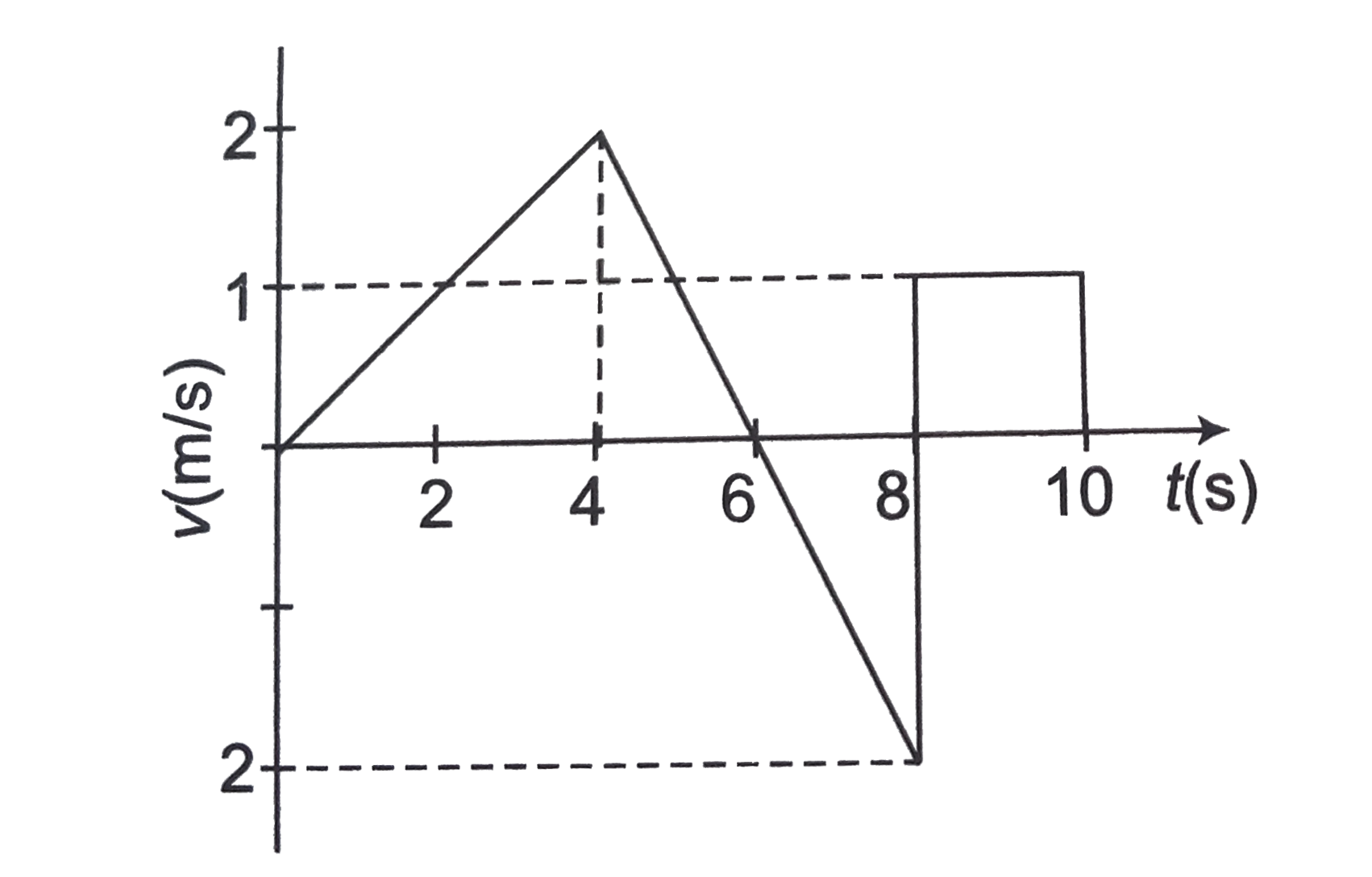A force F is applied on a body (which moves on a straight line) for a duration of 3 s. The momentum of the body changes from 10 g cm/s to 40 g cm/s. The magnitude of the force F is
10 dyne
10 newton
120 dyne
12 dyne
The correct Answer is:A
To solve the problem, we need to find the magnitude of the force F applied to a body whose momentum changes over a specific time interval. We will use the relationship between force, change in momentum, and time.
1. Identify the initial and final momentum:
- Initial momentum pi=10g cm/s
- Final momentum pf=40g cm/s
2. Calculate the change in momentum:
Δp=pf−pi=40g cm/s−10g cm/s=30g cm/s
3. Determine the time duration:
- The time duration t=3s
4. Use the formula for force:
According to Newton's second law, the force F is equal to the rate of change of momentum:
F=Δpt
5. Substitute the values into the equation:
F=30g cm/s3s=10g cm/s2
6. Convert the units to dynes:
In the CGS system, 1g cm/s2=1dyne. Therefore:
F=10dyne
Final Answer:
The magnitude of the force F is 10dyne.
---
- Initial momentum pi=10g cm/s
- Final momentum pf=40g cm/s
Δp=pf−pi=40g cm/s−10g cm/s=30g cm/s
- The time duration t=3s
According to Newton's second law, the force F is equal to the rate of change of momentum:
F=Δpt
F=30g cm/s3s=10g cm/s2
In the CGS system, 1g cm/s2=1dyne. Therefore:
F=10dyne
The magnitude of the force F is 10dyne.
Topper's Solved these Questions
Similar Questions
Knowledge Check
If a force is applied at an angle to a body moving along a straight line:
Athe body continues to move in the direction of forceBthe body continues to move in its initial direction of motionCthe body moves in a fixed direction other than that of force and initial motion.Dthe body moves in a direction other than that of force and initial motion wich varies with time.A 10 N force applied on a body produced in it an acceleration of 1m/s2. The mass of the body is
A10 Kg,B5 KgC15 kg,D20 KgA 10 N force is applied on a body produces an acceleration of 1 m/s2 . The mass of the body is
A5 kgB10 kgC15 kgD20 kg
The velocity-time graph of a body moving in a straight line is given below. The displacement of the body in 10 s is

View SolutionA force acting on an object of mass 500 g changes its speed from 200 cm/s to 0.2 m/s. The change in momentum is
View SolutionA force acting on an object of mass 500 g changes its speed from 200 cm/s to 0.2 m/s. The change in momentum is
View SolutionA constant force acts on a body of mass 0.9 kg at rest for 10 s . If the body moves a distance of 250 m, the magnitude of the force is
View SolutionThe graph below shows the variation of a force (F) with time (t) on a body which is moving in a straight line. Dependence of force on time is F∝tn. Initially body is rest.

If the speed of the object is 2m/s at 3s, the speed at 4s will be approximately (m/s)
View Solution
